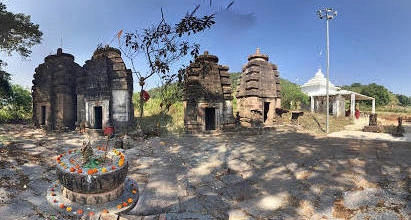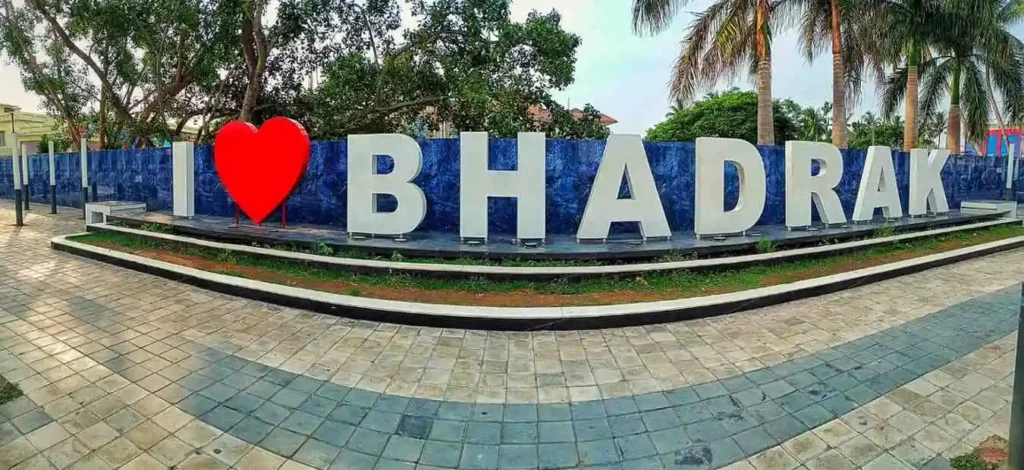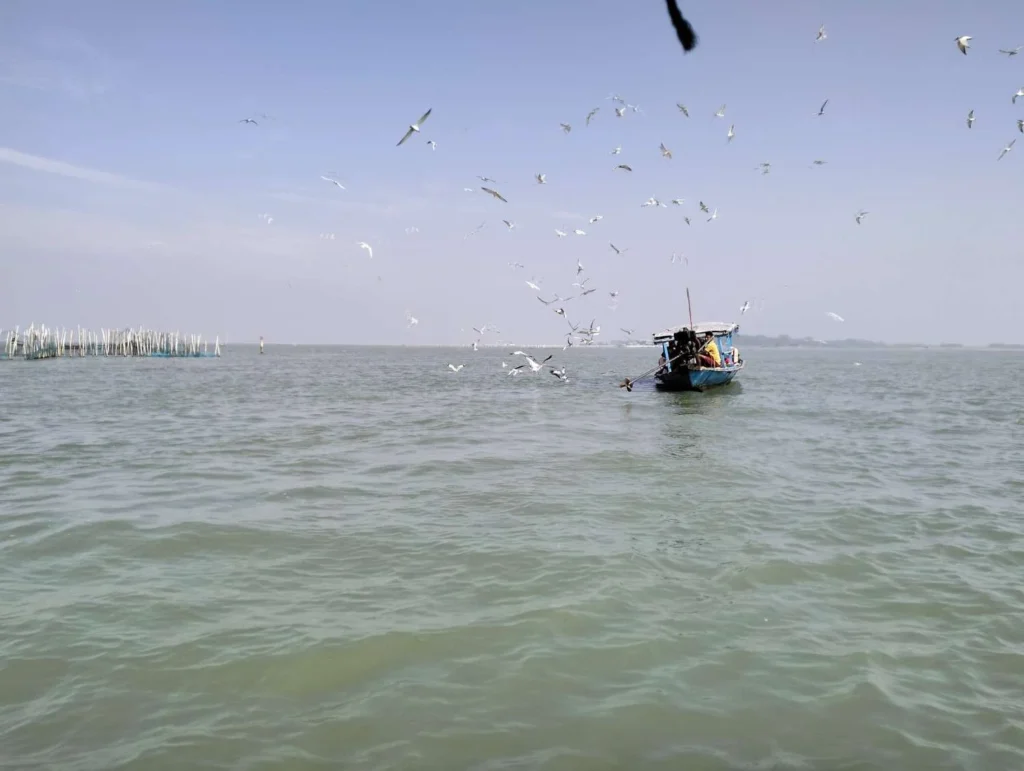
Table of Contents
Odisha, the land known for its deep spiritual roots, is not just a bastion of Hinduism and Buddhism—it has also been a silent but significant sanctuary of Jainism. Although not the dominant faith in the region, Jainism in Odisha has left behind a remarkable legacy through its architecture, philosophy, and cultural imprint.
Let’s journey through time to understand how Jainism shaped and still quietly influences the spiritual and cultural soul of Odisha.
The Historical Pulse of Jainism in Odisha
Jainism found its way to Odisha as early as the 7th century BCE, during a period when Odisha, then Kalinga, was emerging as a center of mercantile strength and spiritual exploration. The faith gained royal patronage under King Kharavela of the Mahameghavahana dynasty in the 1st century BCE. He not only supported Jain monks but also made it the state religion.
Unlike the meteoric rise and fall of Buddhism in the region, Jainism maintained a steady presence—never mainstream, yet never extinct. It continued to inspire merchants, tribal societies, and austerity-loving communities due to its core principles like Ahimsa (non-violence) and Syadvada (pluralism).
Odisha’s Tirthankara Connection
Notably, many Jain Tirthankaras have both mythological and historical links to Odisha. In particular, the 1st Tirthankara, Rishabhadeva (Adinatha), received worship in ancient Kalinga. In addition, the 11th Tirthankara, Sreyansanatha, was born in Simhapura, an ancient capital of Kalinga.
More importantly, Parsvanatha (23rd Tirthankara) and Mahavira (24th and last Tirthankara) both preached in Odisha. During his 11th year of monkhood, Mahavira visited Tosali. Ultimately, Jain followers engraved Parsvanatha’s teachings in the rock-cut caves of Khandagiri and Udayagiri near present-day Bhubaneswar.
Jain Heritage Sites in Odisha
Jainism’s presence in Odisha isn’t just limited to philosophy and scriptures—it has left behind a rich trail of heritage sites that offer a glimpse into the deep-rooted devotion and artistic excellence of Jain followers.
Khandagiri & Udayagiri Caves
To begin with, these twin hills in Bhubaneswar are the crown jewels of Jain heritage in Odisha. Carved in the 1st century BCE during King Kharavela’s reign, these caves feature rock-cut architecture, detailed sculptures, and inscriptions depicting Tirthankaras, Yakshis, and several Jain symbols like the Kevala Tree, Chakra, and flying Gandharvas.
Furthermore, one prominent feature is the Sataghara Cave, where seven male and female Jain figures are carved, showcasing early influences of feminine energy in Jain worship.
Subai Jain Temple – Koraput's Sacred Secret

Situated in the serene landscape of Koraput district, the Subai Jain Temple complex is a lesser-known gem of Odisha’s Jain legacy. Believed to have been built by Jain traders, this site includes five temples dedicated to Lord Mahavira, Parshvanatha, and other Tirthankaras. The architecture, although modest, reflects deep spiritual intent and trade-route influence, showing how Jainism extended into Odisha’s tribal heartlands.
Scattered Sculptures and Forgotten Shrines
Beyond these major sites, scattered Jain icons and idols can be found across Odisha—often buried in time or integrated into local village traditions. These remnants hint at once-thriving Jain temples now lost to history but remembered through preserved deities and oral tales.
Scriptures and Language: Jainism’s Contribution to Odisha
Initially, Jain monks preached in Prakrit, Pali, and Ardha-Magadhi, making religious teachings accessible to the masses. Over time, they also composed some scriptures in Sanskrit. As a result, this linguistic adaptation laid the foundation for the Oriya (Odia) language and contributed to its literary evolution.
Jainism’s Cultural Influence in Odisha
Beyond caves and carvings, Jainism influenced various religious cults and rituals in Odisha. The Jagannath cult, now deeply Hindu, reflects Jain influences in its rituals and iconography. Other local cults like Natha and Alekha borrowed philosophical elements from Jain thought.
Even Tantric worship in Odisha is believed to have roots in Jain esotericism.
Ahimsa and Economic Harmony
Jainism’s emphasis on non-violence, discipline, and simplicity found strong acceptance among Odisha’s merchant class. This led to a prosperous economy built on ethical trade and peaceful co-existence. The faith cultivated a mindset of hard work, tolerance, and pacifism—values still seen in parts of Odisha’s social fabric.
People Also Ask – Jainism in Odisha
1. What is the history of Jainism in Odisha?
Jain monks brought Jainism to Odisha in the 7th century BCE, and King Kharavela supported it as state policy in the 1st century BCE. It steadily shaped the region’s culture, art, and economy.
2. Which important Jain Tirthankaras have spiritual links to Odisha?
Adinatha (Rishabhadeva), Sreyansanatha, Parsvanatha, and Mahavira spiritually connect with Odisha through their preaching and worship traditions.
3. Which are the famous Jain heritage sites in Odisha?
The most famous sites are the Khandagiri and Udayagiri Caves in Bhubaneswar, containing rock inscriptions, sculptures, and symbolic carvings from Jain philosophy.
4. How did Jainism influence Odisha’s culture and literature?
Jainism helped shape the Odia language through its early dialects, influenced local cults like the Jagannath tradition, and impacted rituals, festivals, and values in society.
5. Which Jainism symbols does Odisha’s iconography display?
Common symbols include the Kevala Tree, flying Gandharvas, nudity of Tirthankaras, umbrella motifs, and Chakras, often visible in rock carvings and cave art.
Why Jainism in Odisha Still Matters
Though not always visible on the surface, Jainism in Odisha remains a powerful cultural and philosophical current. It’s not just about rock-cut caves or forgotten sculptures; it’s about how these ideas continue to shape the values, language, and lifestyles of people even today.
If you're a history buff, spiritual seeker, or curious traveler, visit the Khandagiri and Udayagiri caves in Bhubaneswar. Walk the paths once taken by monks, and feel the timeless energy carved into stone.



Pingback: Metal Craft of Odisha: Timeless Dokra & Brass Traditions